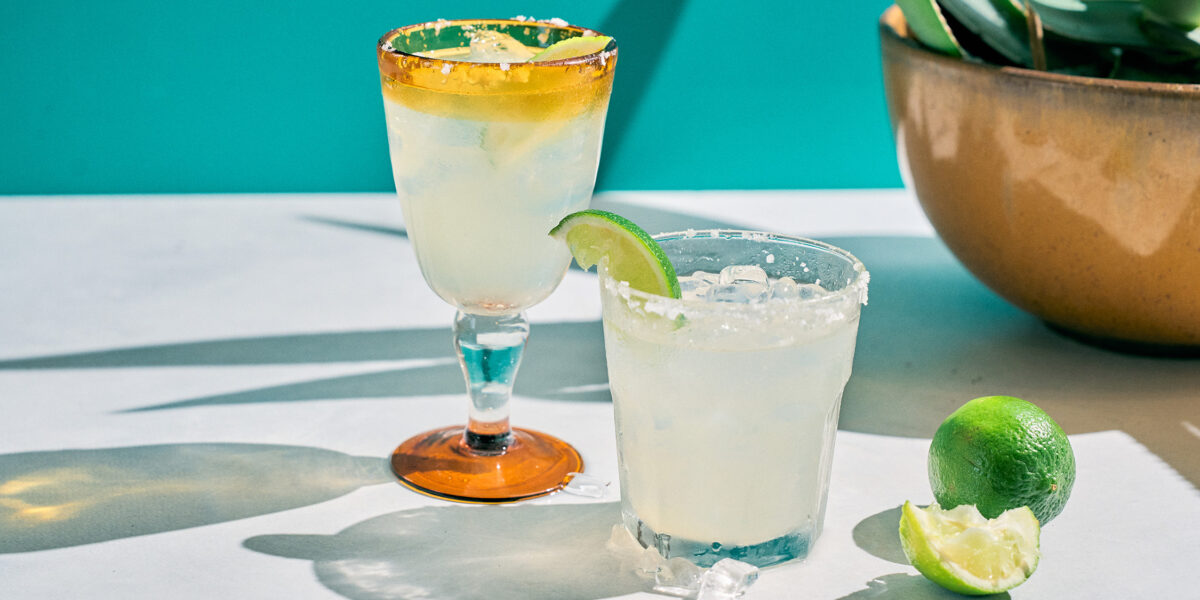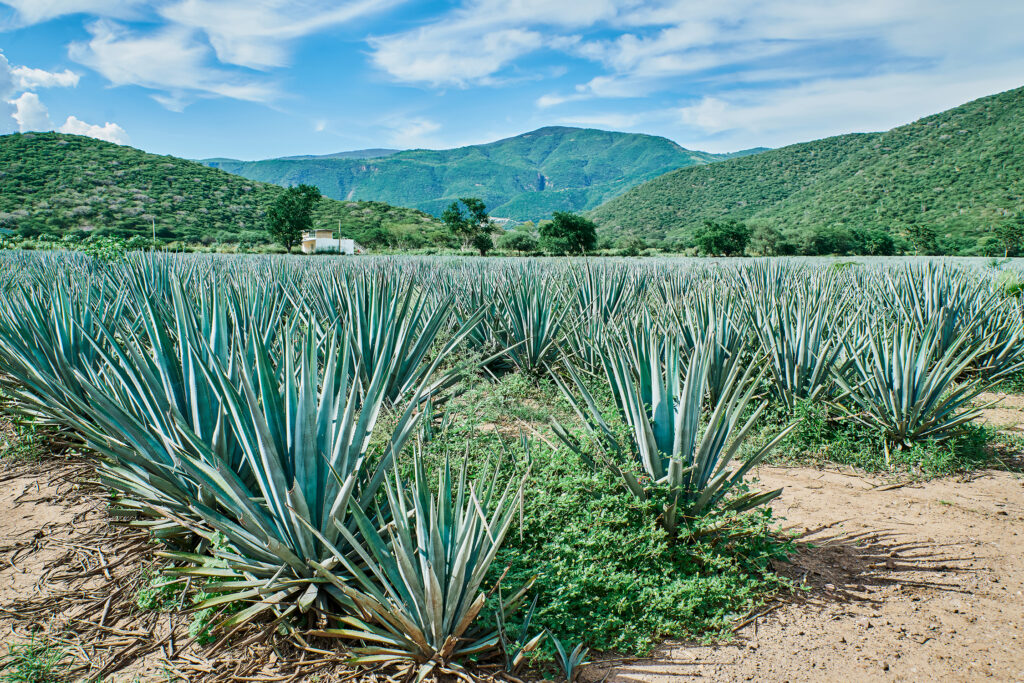How to Order the Perfect Cocktail on Vacation
Top tips for selecting, serving, and sipping summery agave spirits like a pro.

If it feels like tequila is on the tip of everyone’s tongue (and in everyone’s glass), you’re not wrong. There’s been a boom in popularity for the agave-based spirit, with countless celebrity brands taking over the top shelf. But there’s so much more to this fermented beverage, which the Aztecs believed connected them to the gods. Victor Itza Pacheco, a certified sommelier and leader of the mezcal and tequila tastings at the Four Seasons Resort Los Cabos Costa Palmas, shares his top five tips for navigating Mexico’s most nuanced spirit this summer.

Know Your Variety
“To be considered tequila, the agave must come from the appellation of origin. There are 299 different types of agave, but only the Blue Weber variety is used for tequila,” says Pacheco. “If these conditions are not met, we are talking about mezcal, which also comes from agave juice, or other agave-related beverages, such as pulque.”
Go Beyond Jalisco
While many people recognize the spirit as being from the town of Tequila, the UNESCO World Heritage site located in Jalisco, Pacheco emphasizes that tequila is allowed to be produced in five states of the Mexican republic: Jalisco, Michoacán, Tamaulipas, Nayarit, and Guanajuato. (Corralejo is one of the famous producers in the latter state.)

Four Seasons Los Cabos Costa Palmas
Taste the Rainbow
Simply put, the basic breakdown of various styles, according to Pacheco, is this: “Tequila blanco is colorless, bottled shortly after distillation, and its alcohol content has been adjusted with water. Young or gold tequila is the result of blending tequila blanco with aged tequila. It is one of the tequilas that can go through a process of abocado to soften its flavor by adding colorants, oak or oak extract, glycerin, or sugar-based syrup. Reposado tequila undergoes a maturation process of at least two months in oak or oak barrels, giving it a smooth flavor and aroma, as well as a pale golden color. Like tequila reposado and tequila joven, tequila añejo can go through an abocado process, but the standard requires that it be subjected to a maturation process of at least one year in oak or oak barrels. Due to the maturation process, añejo obtains an amber color and a mild wood flavor. Tequila extra añejo has a maturation process of at least three years, during which it must be in direct contact with the wood of the oak and oak barrels.”
Clear as Crystal
An insider tip is to try cristalinos, which are slowly entering the American market, but have been popular in Mexico for the past decade or so. “You must try cristalino tequilas, which have undergone a prolonged maturation process and before being bottled are subjected to a filtering process, mainly with activated charcoal,” says Pacheco. This removes the color and elevates the floral and fruity notes of the spirit.

Four Seasons Los Cabos Costa Palmas
Mix Accordingly
“I suggest cocktails or margaritas be made with tequila blanco. Tequila reposado should be enjoyed on the rocks with a slice of orange. Tequila añejo is perfect neat. Sip tequila extra añejo as a digestive or drink it with a cigar at the end of dinner.”
Break the Mold
Agave is usually associated with tequila; however, other beverages can be made with it. Look into sampling mezcal, pulque, sotol, raicilla, and bacanora if they offer it at your local bar.
And instead of opting for your traditional margarita, try sipping a paloma, made with tequila, lime juice, and grapefruit soda. “Another great option is the cantarito, a refreshing Mexican drink from the town of Tequila, Jalisco, that is the perfect combination of tequila, fresh citrus juices, and citrus soft drinks,” says Pacheco. It’s served in a traditional clay vessel with a Tajin rim, and it’s absolutely worth trying.

